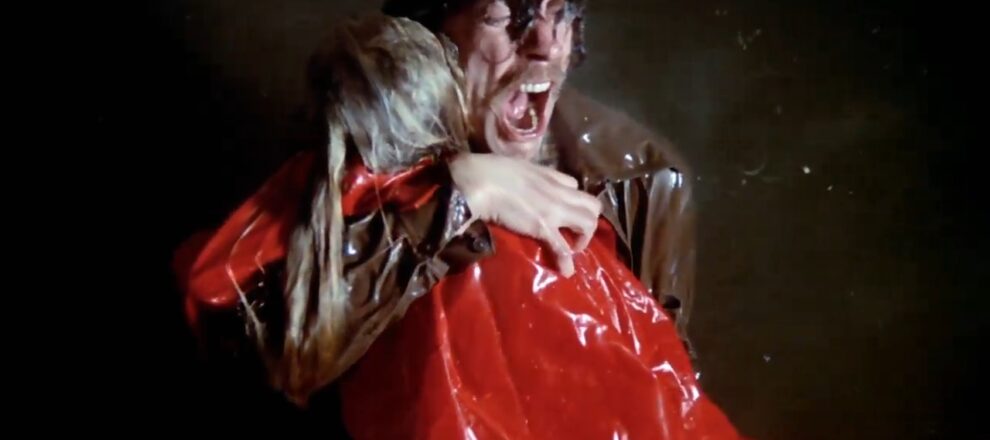Don’t Look Now is a British horror thriller film from 1973 directed by Nicolas Roeg. It is the story of a couple who lose their young daughter after a devastating accident. Now in Venice, a while after the tragedy, they are warned about something by a woman who claims to be psychic.
Don’t Look Now has had a great impact on many filmmakers, and it’s cited as one of the most important works in the horror genre. The film’s editing is done in a way to trick the audience, in which time and the order of the events that take place seems different than what it actually is. The town of Venice plays an important role in the story. Most of the time this town is portrayed as a nice and peaceful landscape, but in Don’t Look Now, its rivers and structures create a dark, unsettling atmosphere.
Although some techniques in the filmmaking are outdated, (like the exaggerated zooms) Don’t Look Now is on the whole an excellently made movie with purposeful cinematography and use of color, and Nicolas Roeg was able to showcase grief and psychological trauma in a new and creative way.
Don’t Look Now is filled with foreshadowing, and on a second watch, the importance of certain scenes and moments becomes clearer, and we can tell what each scene sets up for the ending. This film might not be what we usually label as a “horror” film, but it certainly makes the audience feel anxious and uneasy. Films like Kubrick’s “The Shining” and Polanski’s “Rosemary’s Baby” are good comparisons with Don’t Look Now, since they’re all psychological horrors, and are all among the best of the horror genre. Don’t Look Now is less commonly known compared to the other two, but this certainly doesn’t affect its quality in any way, and I believe it’s a film that any movie fan needs to watch.

